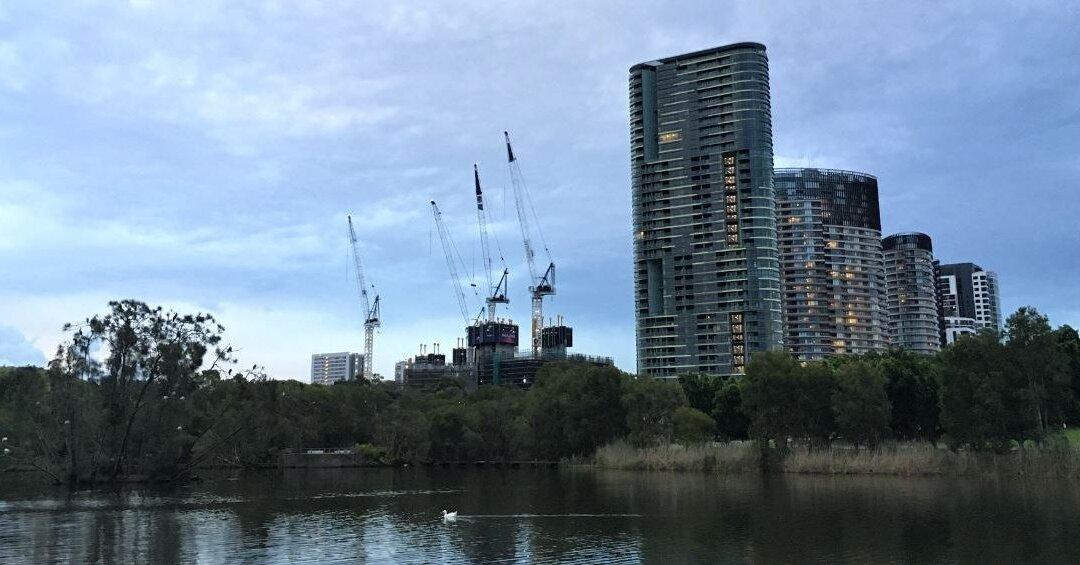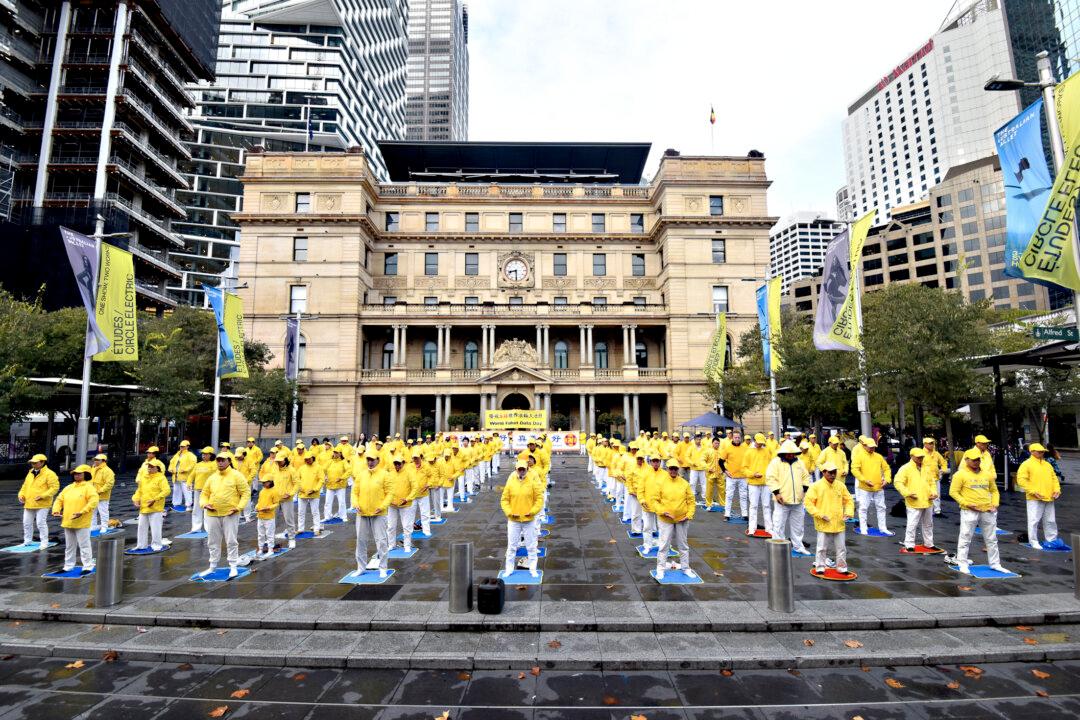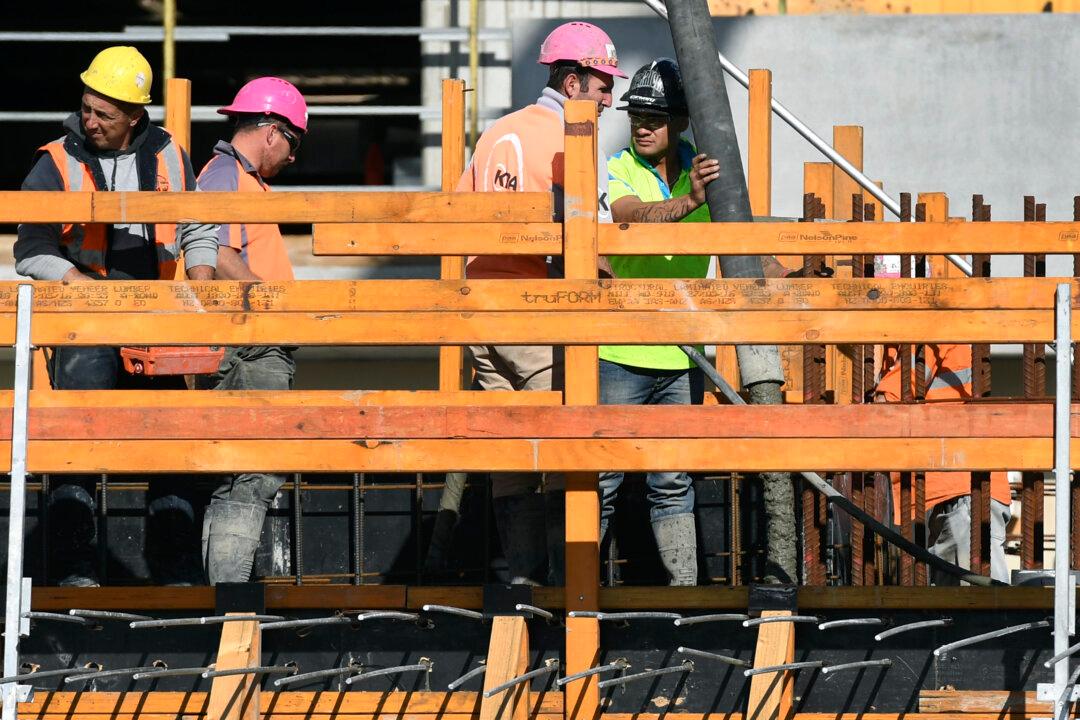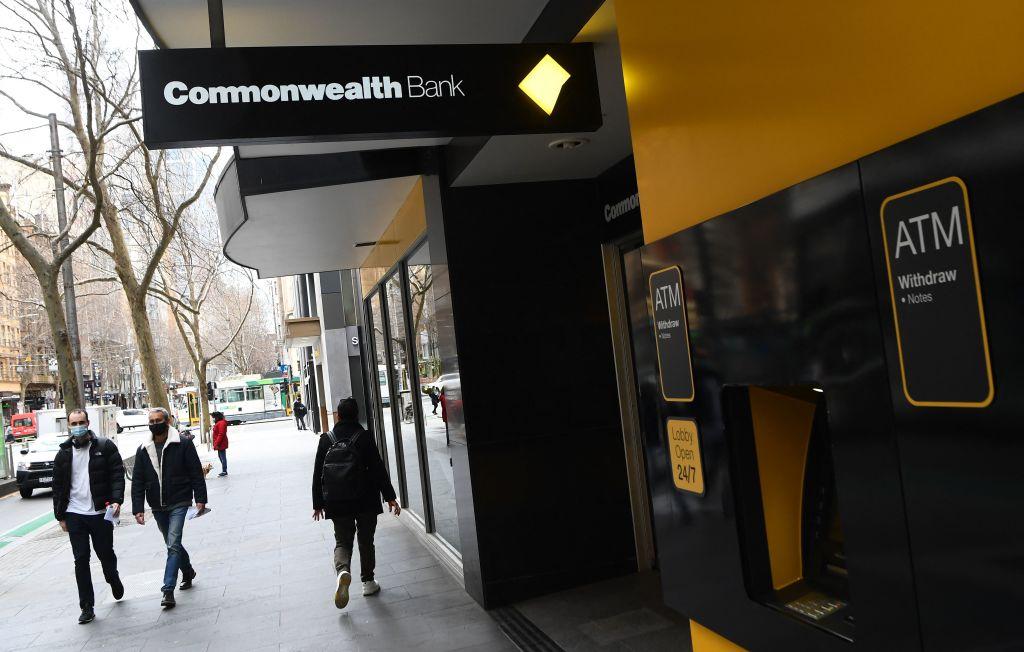Over half of Sydney’s apartments are likely to have at least one type of defect a joint three-year study by two top Australian universities has revealed.
According to the report “Cracks in the Compact City” released on Oct. 14 by the University of New South Wales and the University of Technology Sydney, 51 percent of 635 sampled multi-unit strata titled (MUST) developments built from 2007 to 2017 have at least one type of defect. An additional 28 percent have at least three different defects and 12 percent have ten defects.





